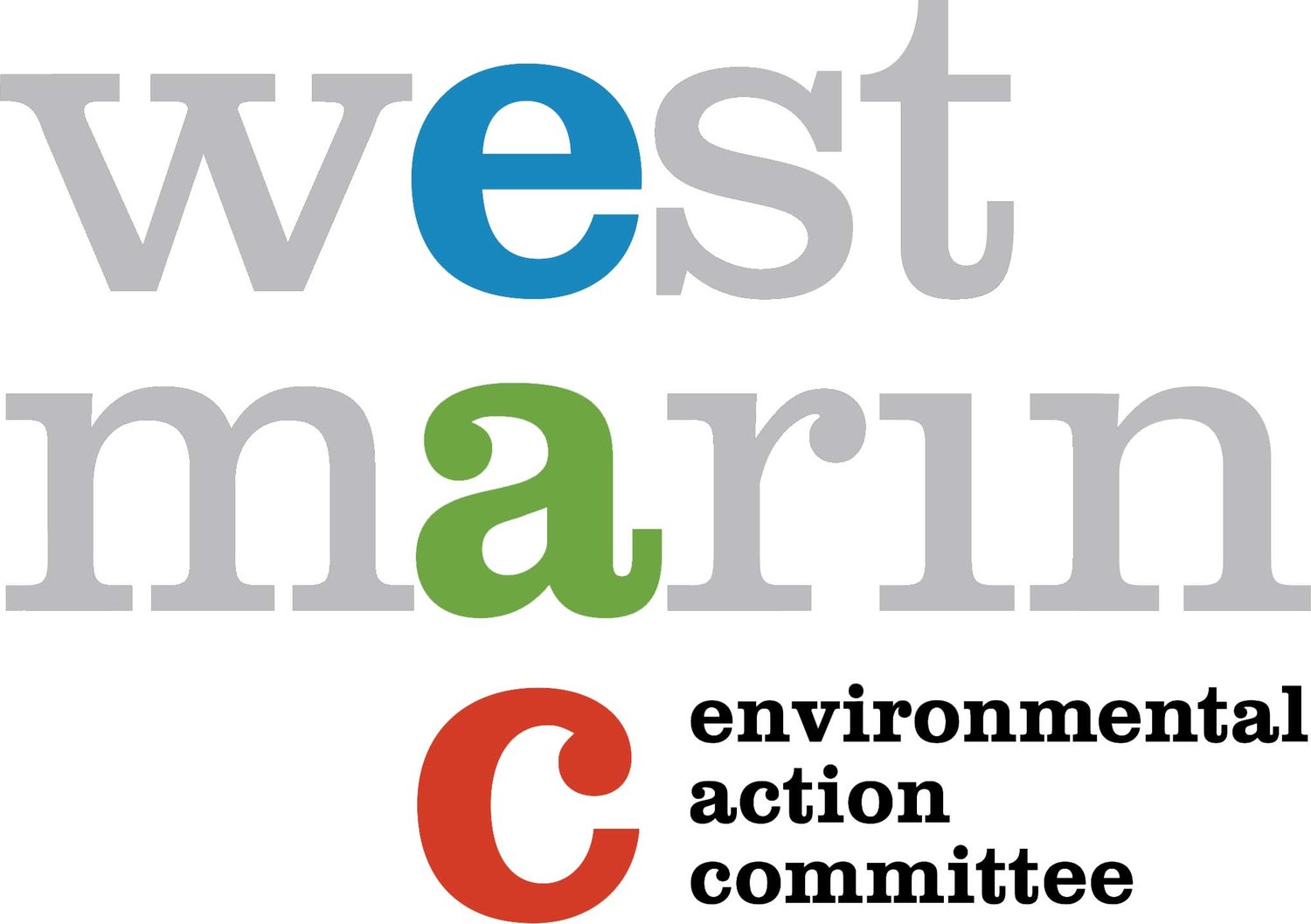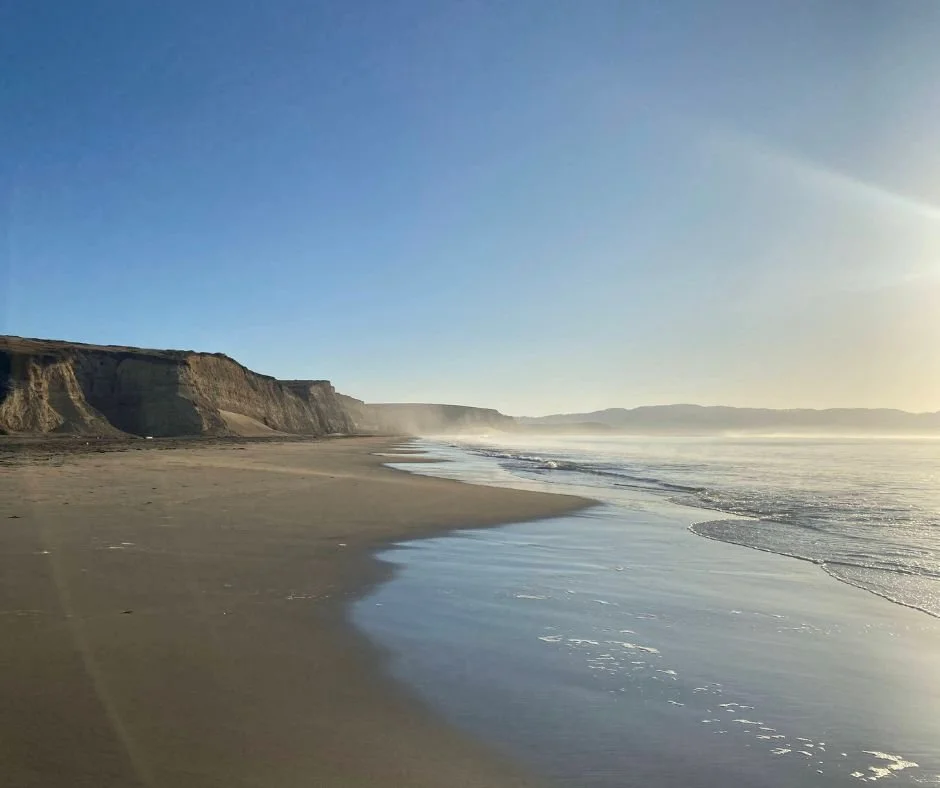By: Morgan Tade, Legal & Policy Intern
On June 10th, we participated in the Ocean Protection Council (OPC) meeting to discuss California’s 30x30 initiative and how its framework will apply to coastal waters.
30x30 California, which sets the goal of conserving 30% of California’s lands and coastal waters by 2030, was issued by Governor Newsom in a 2020 executive order. 30x30 is designed to foster collaboration among various organizations to conserve and restore biodiversity, expand access to nature, and mitigate and build resilience to climate change.
30x30 closely aligns with our mission and marine conservation goals. Over the past four years, we have worked with multiple coalitions dedicated to ensuring its success, including the marine group of Power in Nature. Along with our partners, we submitted written and oral comments at OPC’s June 10th meeting on the proposed Roadmap to Achieving 30x30 in California’s Coastal Waters and MPA Enforcement.
Roadmap to Achieving 30x30 in California’s Coastal Waters
Pathways to 30x30 defines 30x30 Conservation Areas as “land and coastal water areas that are durably protected and managed to sustain functional ecosystems, both intact and restored, and the diversity of life that they support.”
OPC presented its Roadmap to Achieving 30x30 in California’s Coastal Waters to determine which coastal waters may be designated as 30x30 Conservation Areas and included in the state’s 30% goal. This proposed Roadmap caused significant concern among environmental groups due to the premature inclusion of areas that do not provide significant biodiversity and climate protections. The Roadmap proposed counting California’s entire Marine Protected Area (MPA) network towards the 30x30 goal. While we applaud the MPA network as a major conservation success story, not all MPAs share the same level of protections: some only lightly protected MPAs still allow for destructive and extractive activities, antithetical to achieving the biodiversity protections touted in 30x30. We submitted a joint comment letter opposing the Roadmap unless amended. California must set a high conservation standard for other jurisdictions, and the Roadmap would lessen that standard unless changes were made.
We urged OPC to exclude lightly protected MPAs and only allow for fully or highly protected MPAs to be designated as 30x30 Conservation Areas. Unlike fully or highly protected MPAs, there is little evidence to show that lightly protected MPAs offer significant benefits to biodiversity or climate resilience.
The proposed Roadmap also lacked clear evaluation metrics and criteria for non-MPA coastal areas. While we support the inclusion of these areas in 30x30 if they can demonstrate significant biodiversity benefits—especially those managed and stewarded by California native tribes—we requested that clear evaluation criteria for biodiversity be developed before finalizing any designations.
Additionally, we urged OPC to exclude National Marine Sanctuaries from 30x30 conservation designations until strengthened protections were put in place. According to the MPA guide, these sanctuaries are considered “minimally” protected or “incompatible” with conservation, and condition reports show they are not effectively conserving biodiversity. For instance, industrial-scale fishing practices like trawling are still allowed in portions of the Chumash Heritage National Marine Sanctuary, the first sanctuary OPC proposed to designate as a 30x30 conserved area. We supported this sanctuary designation, and it is the first National Marine Sanctuary in the United States to be nominated by a tribe. However, with potential rollbacks on sanctuary protections under the current federal administration and the possible threat of future oil and gas leasing in these areas, it is clear that designating any National Marine Sanctuary as 30x30 “conserved” would be premature and incompatible with the initiative’s purpose.
Finally, our coalition emphasized the importance of equitable outdoor access and recreation, ensuring that marginalized communities benefit from 30x30 and are prioritized in future decision-making.
After several oral comments by tribal leaders, environmental groups, and concerned members of the public, OPC ultimately agreed to adopt the Roadmap and include language regarding equitable access. While we are happy to see the 30x30 process moving forward, we were disappointed by the weakness of the conservation standard set.
The Importance of Strong MPA Enforcement
We continue to champion funding and strong enforcement for California’s MPA network. At the same meeting, OPC presented and approved its staff recommendation of additional funding for MPA enforcement and compliance, allocating up to $4,661,000 to the California Department of Fish and Wildlife Enforcement Division and $420,000 to the MPA Collaborative Network.
We submitted a joint letter and testified to express our strong support for increased enforcement and investment in the MPA network. MPAs are only as effective as their enforcement—increasing patrols in the network and implementing data-driven enforcement strategies will disincentivize future violators and effectively promote healthier ecosystems.
What Happens Next?
We admire the hard work and dedication of our 30x30 coalitions. We are proud that OPC has adopted our request for “equitable access” language in the Roadmap and plans to increase enforcement of the MPA network.
Due to our collective advocacy around concerns with the unclear evaluation criteria for 30x30 conserved areas in the Roadmap, OPC has agreed to develop a more transparent evaluation framework explaining how these decisions will be made. However, it still plans to use the current Roadmap over the coming months to designate coastal areas as 30x30 conserved before this framework is finalized. OPC staff have also promised to monitor and report on the development of the Chumash Heritage National Marine Sanctuary co-stewardship agreement and biodiversity impacts.
We remain committed to ensuring that all coastal waters included in 30x30’s goal of 30% by 2030 are those that truly sustain functional ecosystems and support biodiversity. With increased threats to our coasts, now more than ever, California must lead the way in spearheading environmental conservation efforts to protect our waters and coastal communities.
EAC Joint Comments
California: Leading the Way in 30x30
Protecting 30% of Our Land and Water by 2030
30% by 2030: Protecting Our Land and Water



